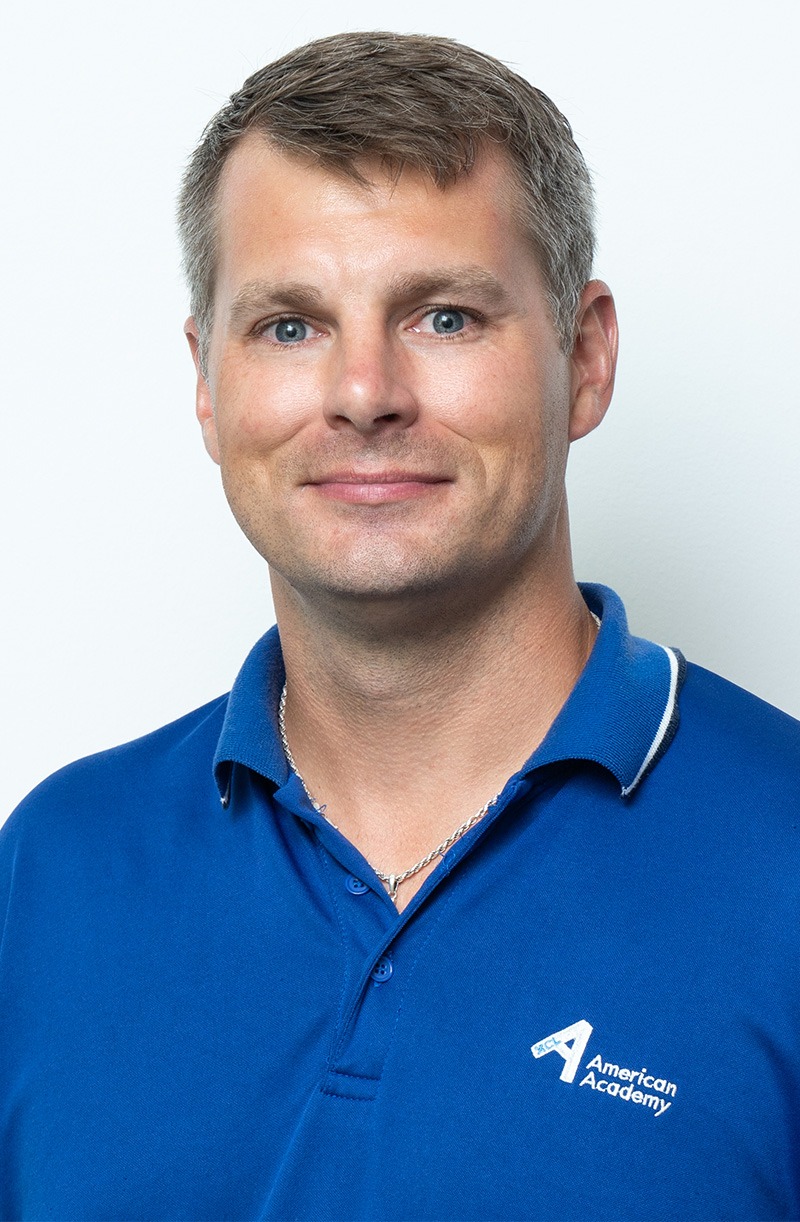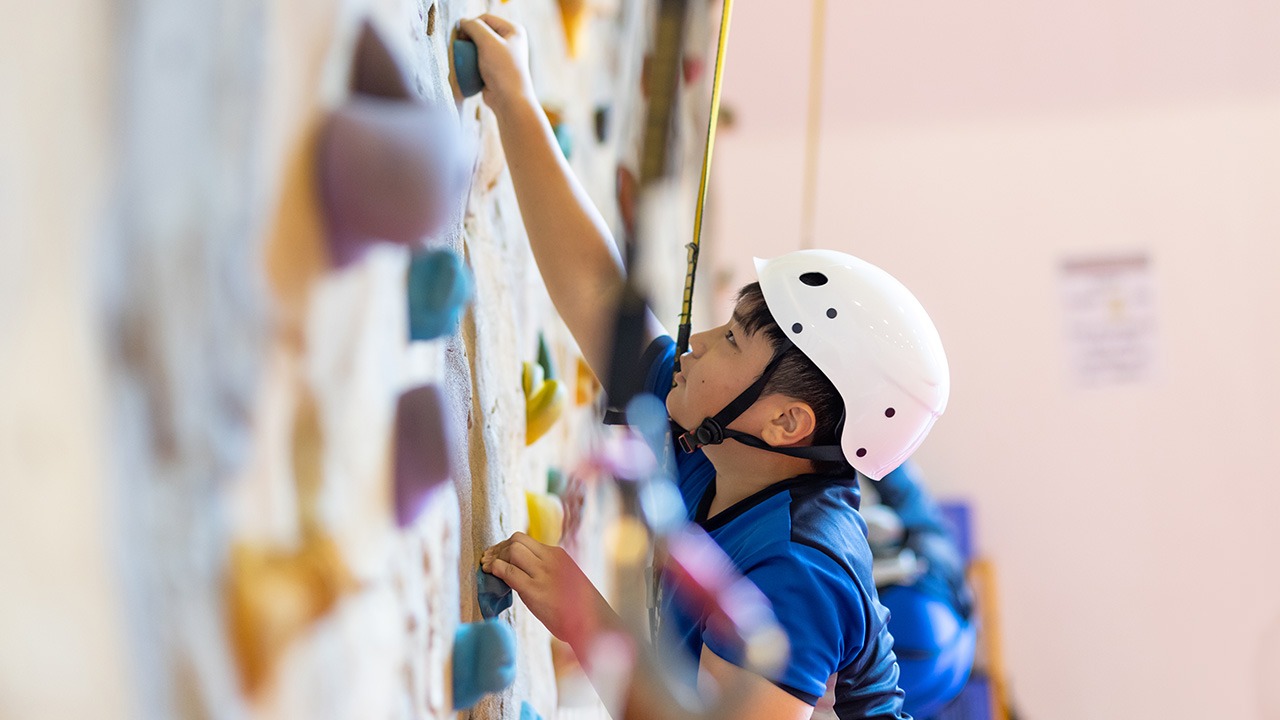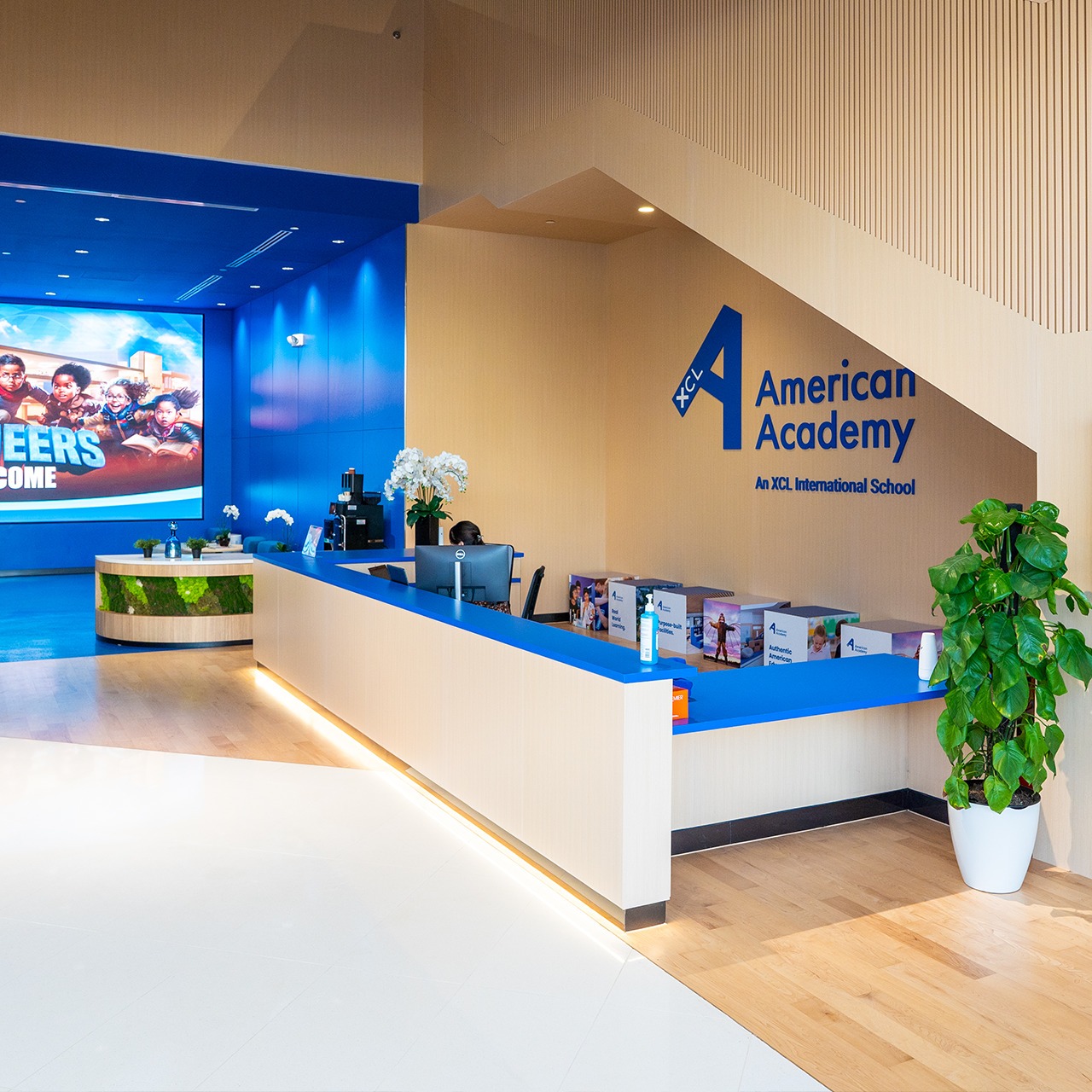The Vital Role of
Physical Education From a
Teacher’s Perspective – XAA

How do you view the relationship between physical education and overall development in students?
Physical Education (PE) plays an integral role in fostering comprehensive development among students. Beyond just physical fitness, it serves as a cornerstone for holistic growth, nurturing not only the body but also the mind and character.
Students learn essential life skills such as teamwork, discipline, resilience, and goal-setting through structured physical activities and sports.
How do you balance the need for physical activity with the academic demands placed on students?
Achieving a balance between physical activity and academic requirements involves integrating them harmoniously. This can include integrating movement into learning, such as short breaks or conducting lessons in active settings, which keeps students engaged without sacrificing academic standards.
Allocating specific periods for PE during the school day guarantees that students get the necessary exercise they need. Additionally, taking a holistic approach acknowledges that physical well-being is crucial for academic achievement. This approach encourages healthy habits that boost cognitive function, recognizing the interconnectedness of physical health and academic success.

In your experience, how does PE contribute to students’ overall well-being?
PE significantly contributes to students’ overall well-being on multiple levels. Beyond physical fitness, it cultivates mental resilience, fostering a positive mindset crucial for navigating challenges. We know that all children and adults will experience difficult obstacles or even setbacks in their lives. We teach our students how to cope and respond to diverse experiences from an early age. Regular exercise in PE classes reduces stress, enhances mood, and improves focus, directly impacting students’ emotional and cognitive well-being. It instills lifelong physical activity habits, promoting long-term health and reducing the risk of health-related issues.
What strategies do you use to make the Sports Program inclusive and enjoyable for all students at XCL American Academy?
At XCL American Academy (XAA), our approach to creating an inclusive and enjoyable Sports Program involves a range of strategies tailored to accommodate diverse abilities and interests. Offering a variety of sports and extracurricular activities suited to different skill levels and preferences is critical to ensure every individual can participate and experience success.
Furthermore, we emphasize fostering a culture of respect and encouragement among students to promote inclusivity. Through team-building exercises, cooperative games, and peer support initiatives, we cultivate a supportive atmosphere where every student feels valued and part of the community. Incorporating student choice whenever possible—allowing them to choose activities or contribute ideas—instills a sense of ownership and improves engagement.
By embracing diversity, nurturing a supportive atmosphere, and tailoring activities to the individual needs of our students, we ensure that everyone feels included and actively engaged in the XAA’s Sports Program.

Can you share examples of how PE has positively impacted the behavior or mindset of students you’ve worked with?
I’ve witnessed numerous instances where PE has profoundly influenced students’ behavior and mindset. One interesting example involved a student struggling with self-confidence and social interaction. This student gradually developed a sense of belonging and improved self-esteem through regular participation in team sports during PE classes. Their newfound confidence extended beyond the field, positively impacting their willingness to participate in classroom discussions and engage with peers.
Moreover, I’ve observed instances where students prone to frustration and impatience learned to channel their energy positively during physical activities. They embraced the value of persistence, realizing that practice and effort yield improvement. This translated into improved behavior in the classroom, as they applied the same perseverance to academic challenges.
Additionally, there was a notable shift in the mindset of students who initially viewed PE as solely about competition and winning. Through discussions about sportsmanship and teamwork during PE, they started valuing collaboration over winning, fostering a more positive and supportive environment.
These examples highlight how sports enhance physical fitness, nurture crucial life skills, and positively influence students’ behavior, mindset, and social interactions beyond the gym.
If you are interested in learning more about our Sports Program and school life, contact our Admissions Team today to schedule a personal tour for your family.
Interview with Ryan Winter, Physical Education Teacher
This website uses cookies to improve user experience. By using our website you consent to all cookies in accordance with our Privacy Policy.





















